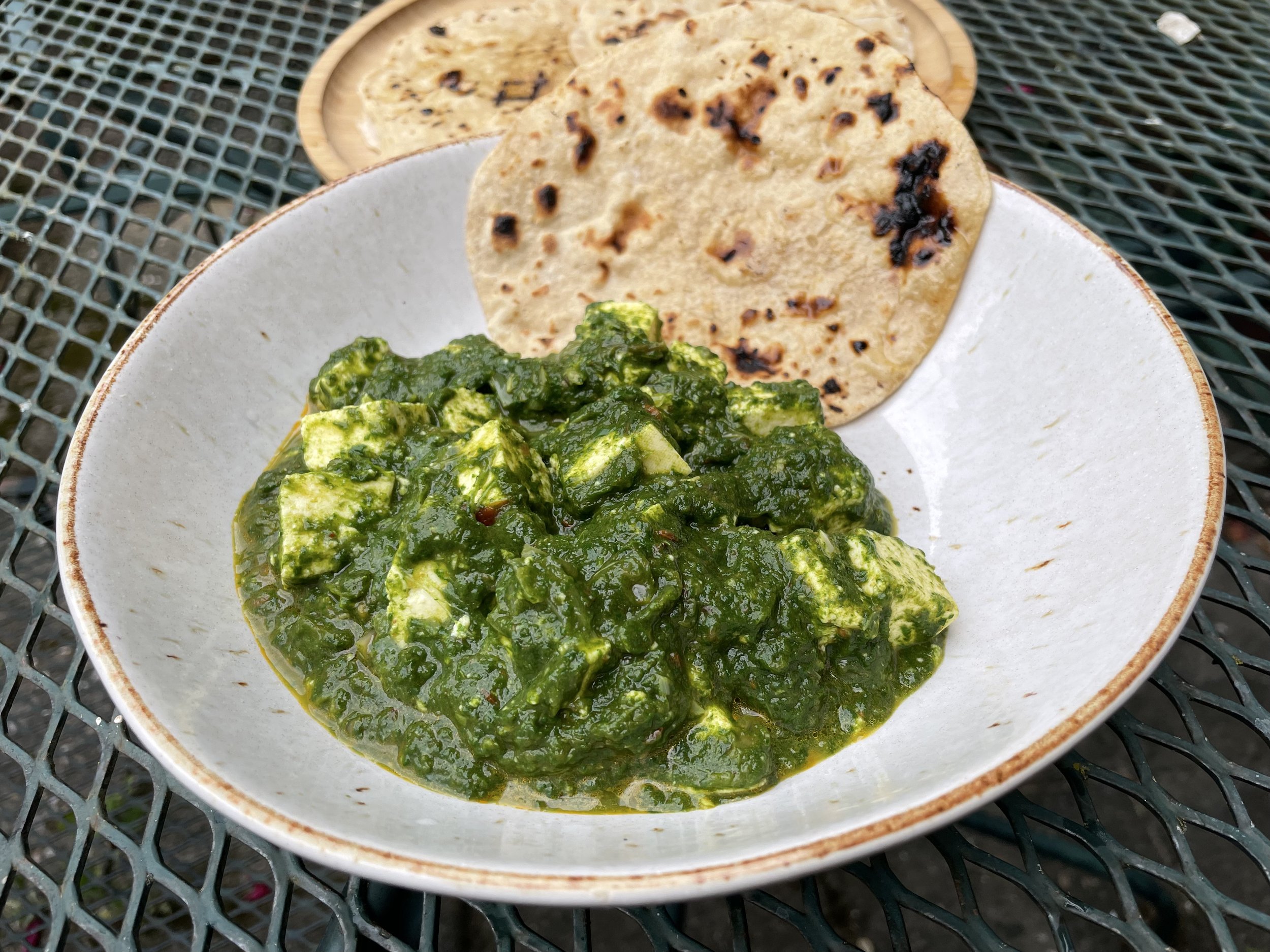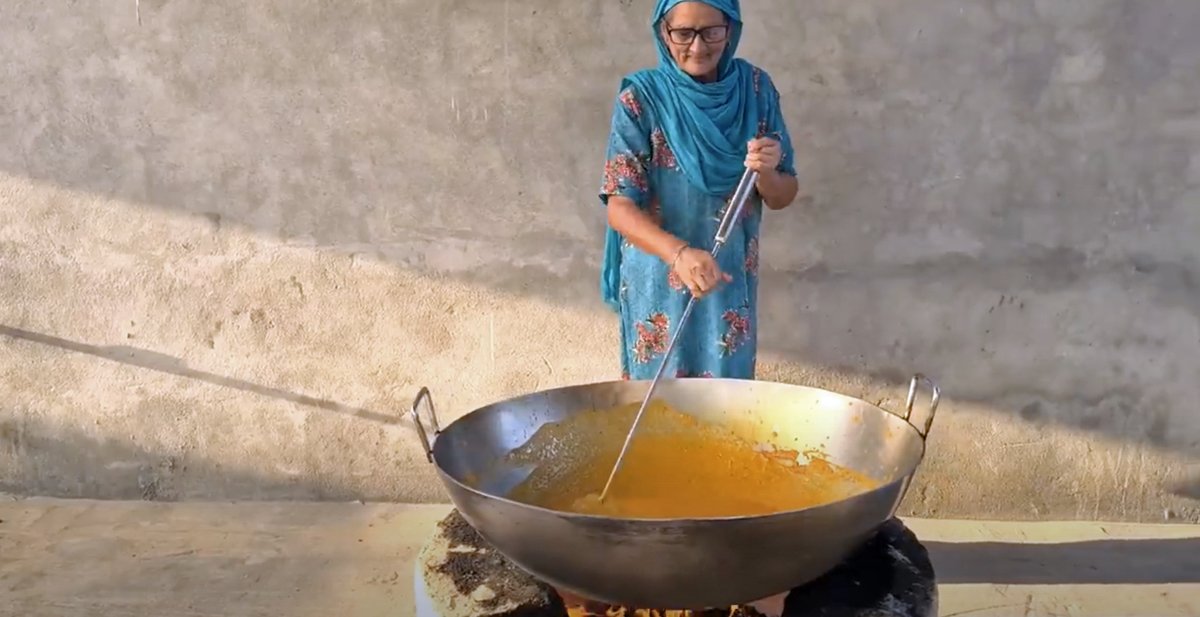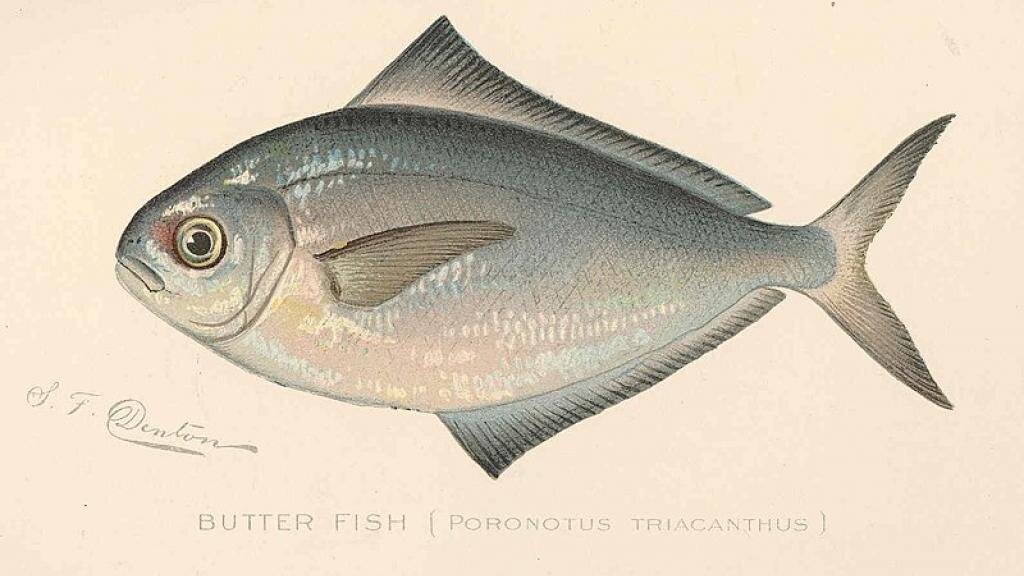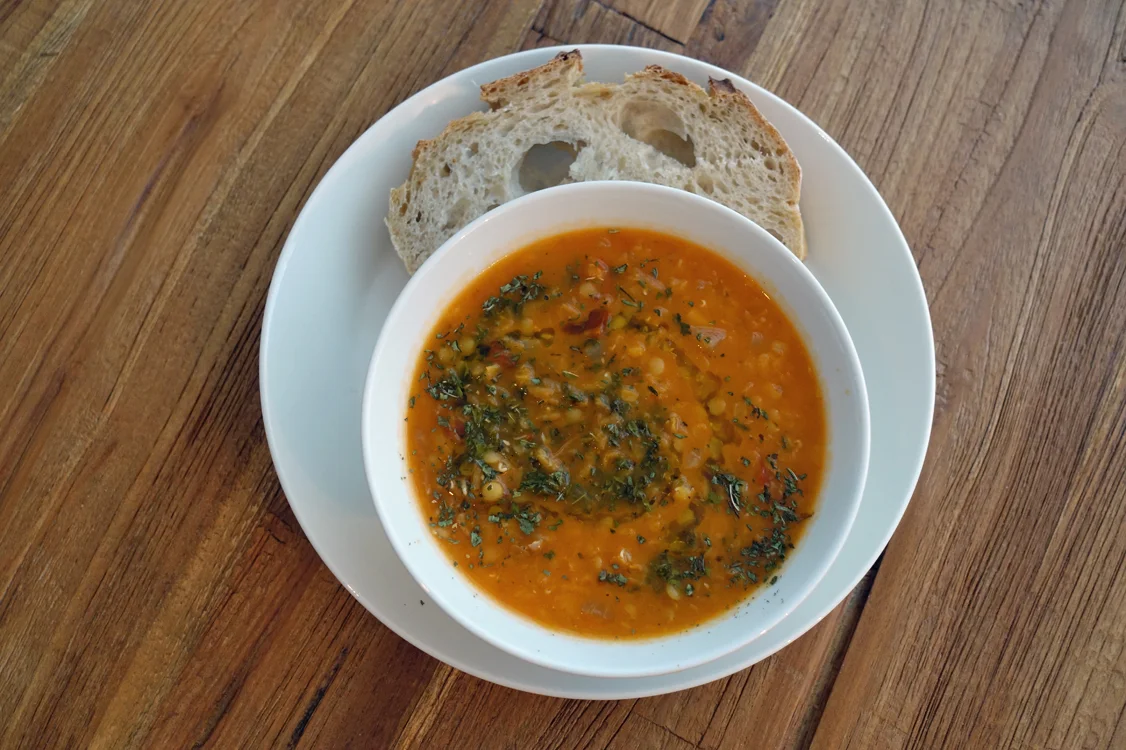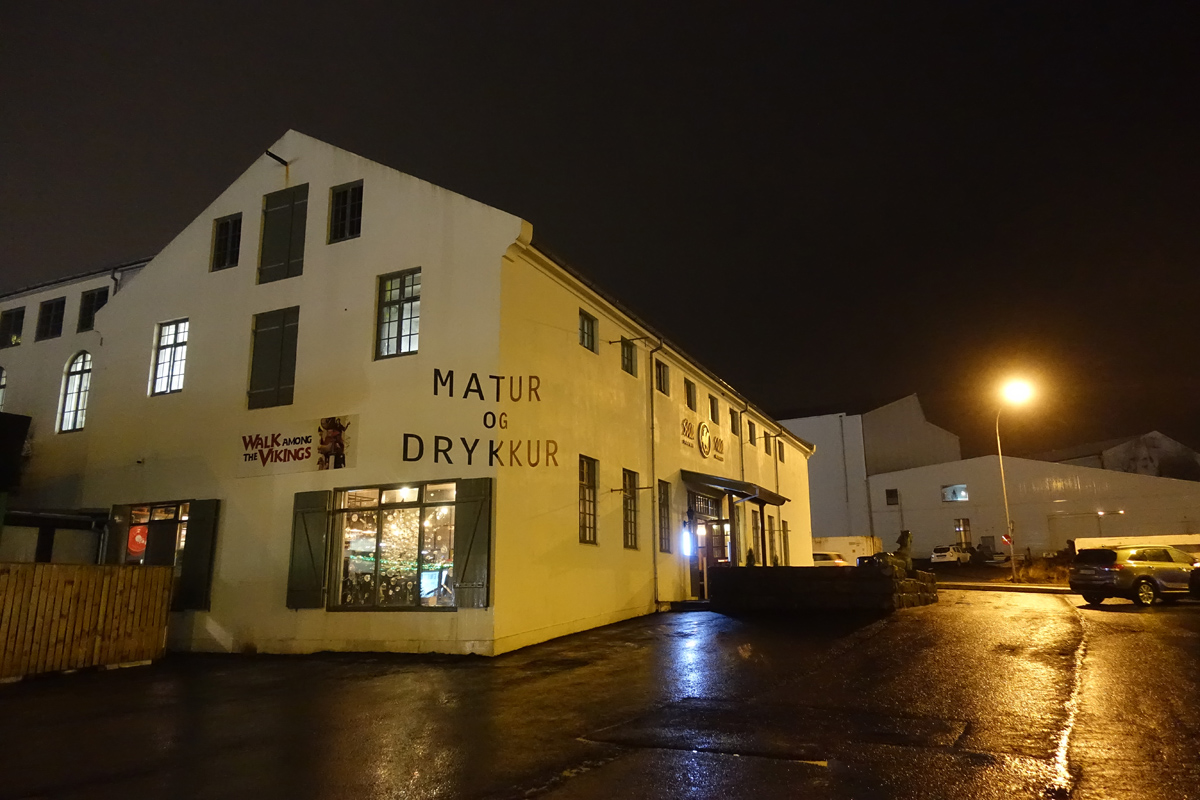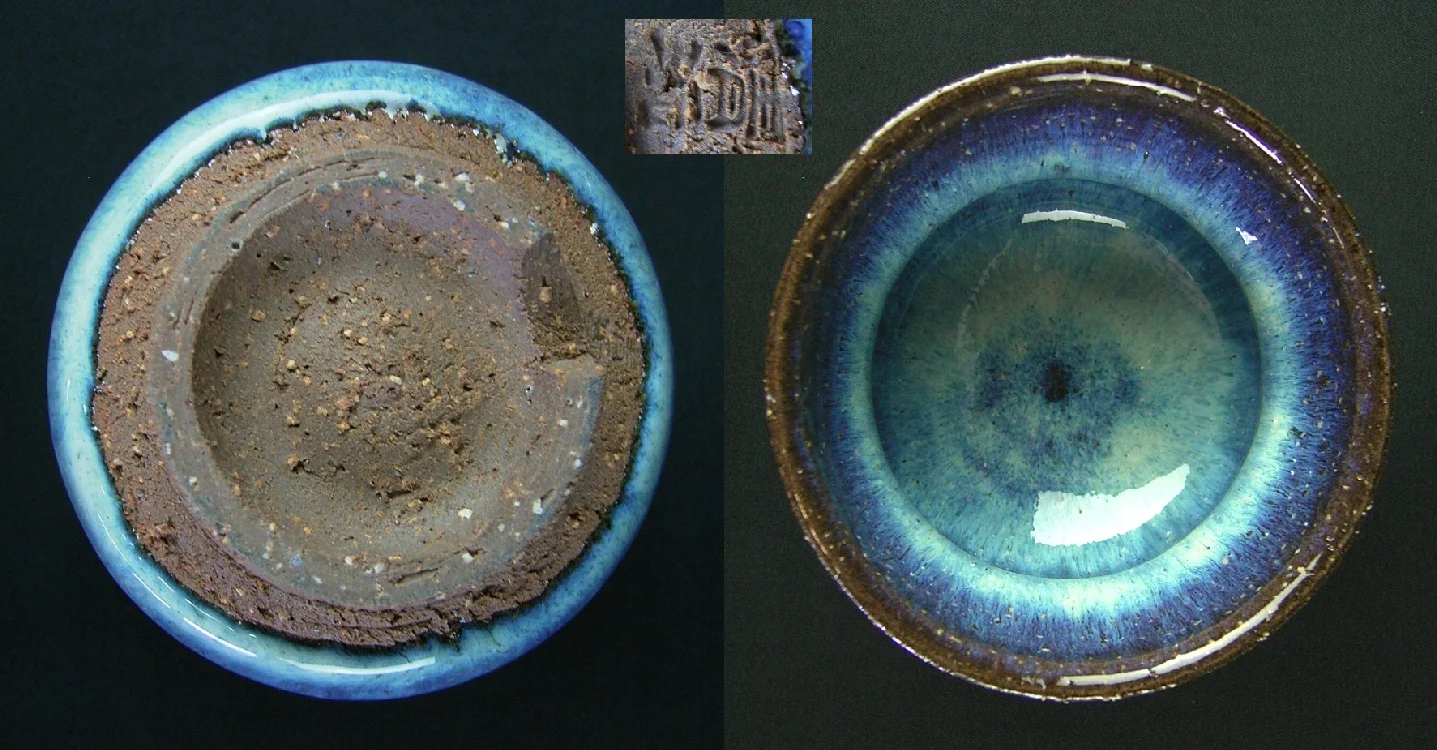Gemberkoekjes
I don’t bake cookies often but this typical cookie deserves a mention. It’s a very basic cookie with candied ginger on top. It's typical of Amsterdam and likely of Jewish origin.
My upstairs neighbour is well into her nineties. She’s been my neighbour since 1993 when I moved in. She still bakes gemberkoekjes. A few months ago the smoke alarm went off and when I went upstairs, she was baking cookies and forgot the oven. Her kitchen was filled with smoke but the gemberkoekjes were fine. She gave me some cookies to take home. That moment I vowed to bake those cookies myself and keep baking them.
My neighbour Emmy Mechanicus is the embodiment of the history of my “Waterlooplein” neighbourhood, which was the Jewish quarter. Her mother immigrated from Germany in the 1920s and worked as a maid. Her father was Jewish, although not religious. According to the Mishnah she is not considered Jewish and that probably saved her and hew sister during the war. Her father spent some time in Westerbork but returned to Amsterdam and laid low during the war. The family survived.
Her brother is the well-known photographer Philip Mechanicus who passed away in 2005.
Unfinished time line. Emmy Mechanicus passed away on 2 May 2021 at the age of 97.
The recipe below (in Dutch) is by pâtissier Cees Holtkamp.
The food-writer and anthropologist Claudia Roden doesn’t mention “gemberkoekjes” in her The Book of Jewish Food: An Odyssey from Samarkand and Vilna to the Present Day (1996) but does give a recipe for Joodse Boterkoeke with 75 gram of candied ginger mixed into the dough as a variation.
From 3 November 1942 the Waterlooplein market was one of the four markets where only Jewish people could trade and buy.
INGREDIËNTEN EN BEREIDING
(voor 40 tot 50 koekjes)
200 g zachte boter
125 g witte basterdsuiker
1 eetl. vanillesuiker (zelfgemaakt of uit een zakje)
3 g zout
250 g Zeeuwse bloem (bevat minder glutenvormende eiwitten)
1 ei plus 1 dooier, losgeklopt
200 g gekonfijte gember, uitgelekt (het uitlekgewicht van een potje van 240 g is ongeveer 125 g)
50 g suiker
1. Meng boter, suiker en zout met de kneedhaken van een mixer. Voeg op het laatst de bloem toe tot je een los, kruimelig deeg krijgt. Kneed dat met de hand tot een samenhangend deeg. Teveel bloem en het deeg blijft kruimelig.
2. Laat het deeg ongeveer 1 uur ingepakt in plastic folie in de koelkast rusten.
3. Rol het deeg uit tot een vierkante plak van 21 bij 21 centimeter en 5 millimeter dik. Bestrijk de bovenkant met het losgeklopte ei. Verdeel daarna de gember er in een dikke laag overheen. Bestrooi met suiker.
4. Leg het deeg nog even in de koelkast om op te stijven (dat snijdt gemakkelijker). Snijd de koek daarna met een natgemaakt mes (anders blijft de gember aan het mes kleven) in vierkantjes van 3 bij 3 centimeter.
5. Verwarm de oven voor op 170 graden (zonder luchtcirculatie 15 graden hoger). Leg de koekjes op een met bakpapier beklede bakplaat. Bak ze in ongeveer 10-15 minuten goudbruin.



